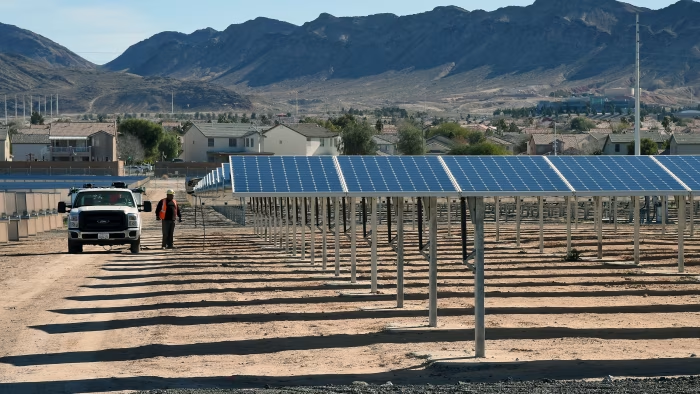A novel artificial intelligence (AI) tool could improve the accuracy and objectivity of
The current standard for quantifying hair loss in alopecia areata is the Severity of Alopecia Tool (SALT) score, the authors explained. But in real-world clinical practice, the SALT score is rarely used due to its time-consuming nature and, notably, high interrater variability.2 Trichoscopy is another tool that allows for more detailed visualization of the hair and scalp to differentiate alopecia areata and monitor treatment progress, but it has limited availability in clinical settings because it requires specialized equipment and examiner expertise.
The new approach detailed in the care report leverages an AI-powered assessment tool to track and manage alopecia areata.1 The system automatically calculates the area of alopecia (AI-Area) to derive an AI-SALT score.
“This case demonstrates a proof-of-concept for tracking and managing [alopecia areata] using an AI-based assessment tool,” the authors wrote. “For this case of [alopecia areata], AI is used to calculate accurate areas of alopecia, and trichoscopy was used to detect early follicular regrowth, providing a faster, more comprehensive, and objective evaluation of disease progression and treatment response.”
In the case of a 47-year-old male receiving intralesional triamcinolone acetonide for a solitary alopecia areata patch, the AI tool provided a more accurate and sensitive assessment than traditional manual methods. Specifically, the AI-SALT Score captured incremental progress between early visits that the Manual-SALT Score failed to detect.
“Using the AI tool to assess this patient’s alopecia, demonstrates fast, easy-to-use AI-powered imaging via smartphone to precisely and objectively quantify alopecia for clinical evaluation,” the authors wrote. “Furthermore, percentage change of alopecia area provides more accurate and sensitive assessment than the manual SALT system demonstrated by the AI-SALT scores’ finer decimal-level precision.”
This enhanced sensitivity has a direct impact on patient adherence and overall management value. At the 8-week mark, the patient was considering discontinuing treatment due to a lack of noticeable improvement based on subjective observation. However, the AI tool’s objective data, which demonstrated clear progress, alongside trichoscopic images showing hair regrowth, motivated the patient to continue therapy. This demonstrates the tool’s ability to ensure sustained adherence when therapy is working and improve outcomes.
A crucial aspect of the case is that it shows the AI tool’s capacity to generate objective, standardized documentation, the authors noted. Insurers routinely require precise evidence of disease severity, including accurate SALT scores, to approve high-cost treatment coverage. By offering fast, easy-to-use, and highly precise quantification, this AI-based system can provide the verifiable metrics needed to satisfy coverage requirements, potentially reducing administrative burden and accelerating patient access to care.
“Today, AI tools are increasingly being used to assess skin disorders, and we are beginning to integrate these tools into our daily clinical practice,” the authors explained. “In this case, the integration of AI enabled more accurate monitoring and patient engagement, suggesting potential to improve care through personalized and informed management of [alopecia areata].”
The tool does have limitations, they noted, especially in cases of androgenetic alopecia, which does not have distinct patches of hair thinning. However, combining AI assessment with trichoscopy to quantify individual hairs or follicular units does enhance assessment, they explained. The AI-SALT score’s utility should also be validated in more severe or widespread alopecia and beyond single-patch cases, as well as in diverse populations.
“Here, we present a proof-of-concept for integrating AI tools in clinical settings to assess and monitor AA, demonstrating the potential to deliver precise and objective data that inform treatment decisions and patient engagement,” the authors concluded. “However, this is a proof-of-concept used on one patient, and further validation is necessary to ensure broader applicability.”
References
1. Chan E, Ramsay K, Tyli R, et al. AI-based alopecia assessment: a proof of concept for enhancing accuracy and objectivity in hair loss measurement. JAAD Case Rep. Published online October 7, 2025. doi:10.1016/j.jdcr.2025.09.023.
2. King BA, Senna MM, Ohyama M, et al. Defining severity in alopecia areata: current perspectives and a multidimensional framework. Dermatol Ther. 2022;12(4):825-834. doi:10.1007/s13555-022-00711-3








